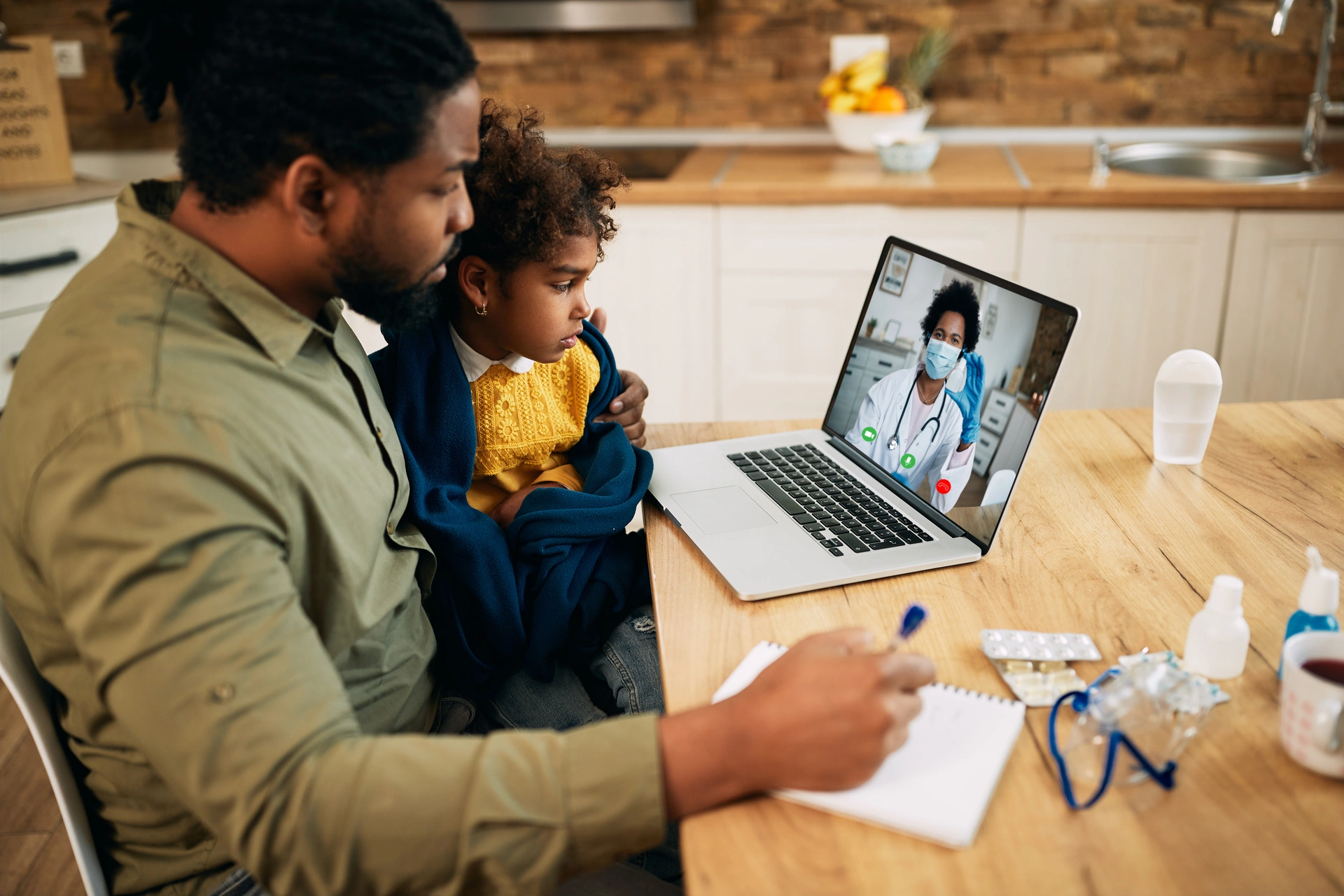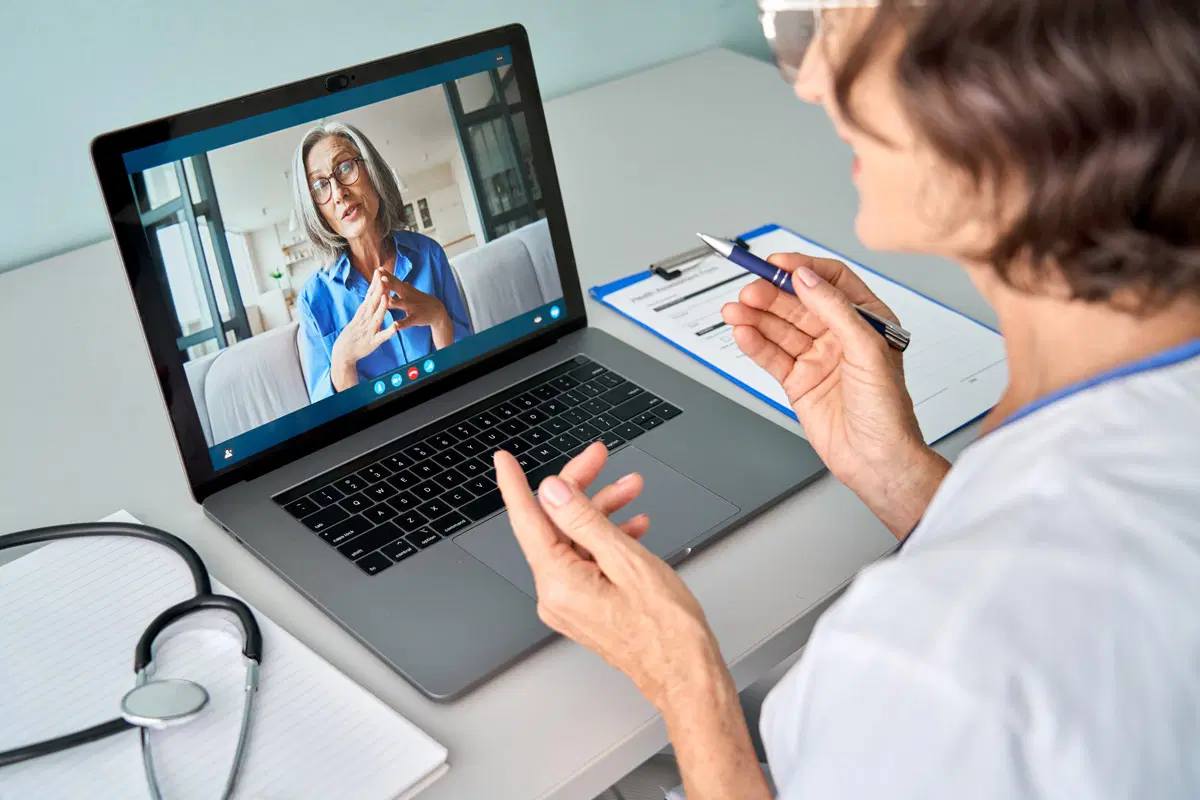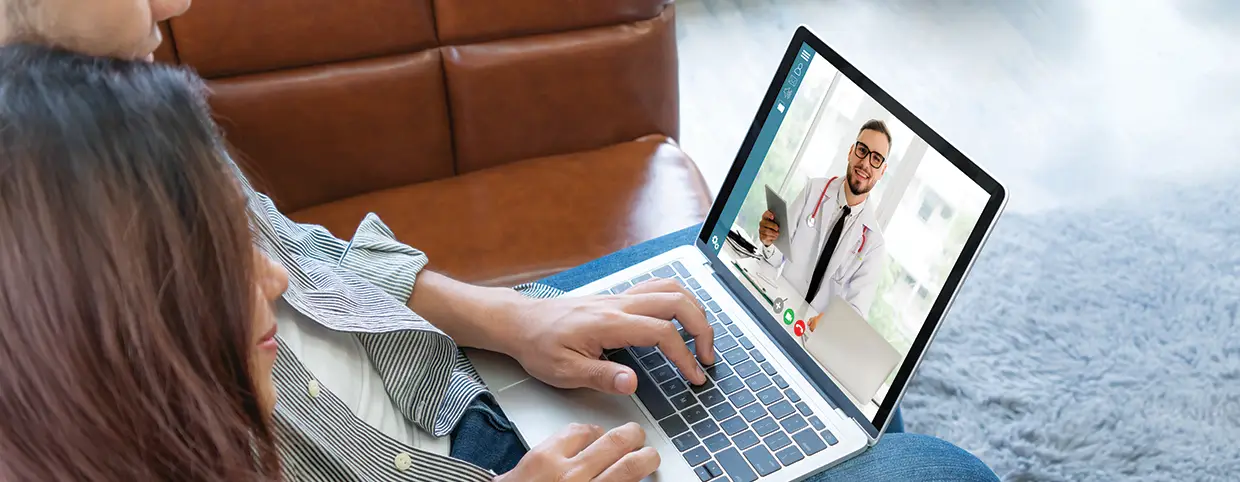Background
Virtual hospitals are defined as the delivery of hospital-level health care via digital services such as videoconferencing technologies, digital platforms, and remote monitoring. The purpose is to leverage virtual technologies to deliver accessible patient-centered care, improve the overall health of communities, and implement improvements driven by real-time access to patient data. Patients and their caregivers have increasingly favored these alternative and complementary service delivery models alongside traditional in-person care. However, this is still a complex issue, and the current literature points to a variety of challenges that need to be overcome to provide optimal models of care.
Objective
This study aims to identify unique challenges to virtual hospitals providing multidisciplinary care for patients at home, and co-design recommendations to improve the patient experience.
Methods
This research is a mixed methods exploratory case study of a virtual hospital in Sydney, New South Wales, Australia. The methods include (1) document analysis: this will be used to identify the current formal processes that govern the virtual hospital; (2) secondary analysis of data: a detailed investigation of existing data collected by the virtual hospital, for example, patient-reported experience measures, patient-reported outcome measures, and other available data; (3) observations of current practices; (4) semistructured interviews; (5) co-designed focus groups; (6) economic analysis; (7) comparative case study; and finally, (8) a triangulation analysis. To synthesize these findings within a unified analytical framework, all data will be subjected to open or axial coding following the Strauss framework, allowing the convergence of themes across codes and methods.
Results
As of April 2025, observations and initial documentation analysis have begun. Multidisciplinary team meetings and clinician shadowing have commenced, along with analysis of Standards of Practice documents.
Conclusions
This protocol outlines a mixed methods case study on a new virtual hospital located in Sydney, New South Wales, Australia. We anticipate our results to provide a comprehensive understanding of patient experience through a range of quantitative and qualitative research activities. We will achieve this by identifying challenges for patients, carers, and health care workers, and documenting informal solutions discovered through our research activities.
https://www.researchprotocols.org/2025/1/e72729
Tim M. Jackson, Kanesha Ward, Saranjit Singh, Rezwanul Rana, Winnifred Li, Chenyao Yu, Jason Levy, Michelle Chen, Mui Chung, Shelley Somi, Kim Offner, Enrico Coiera, Annie A. Y. Lau







